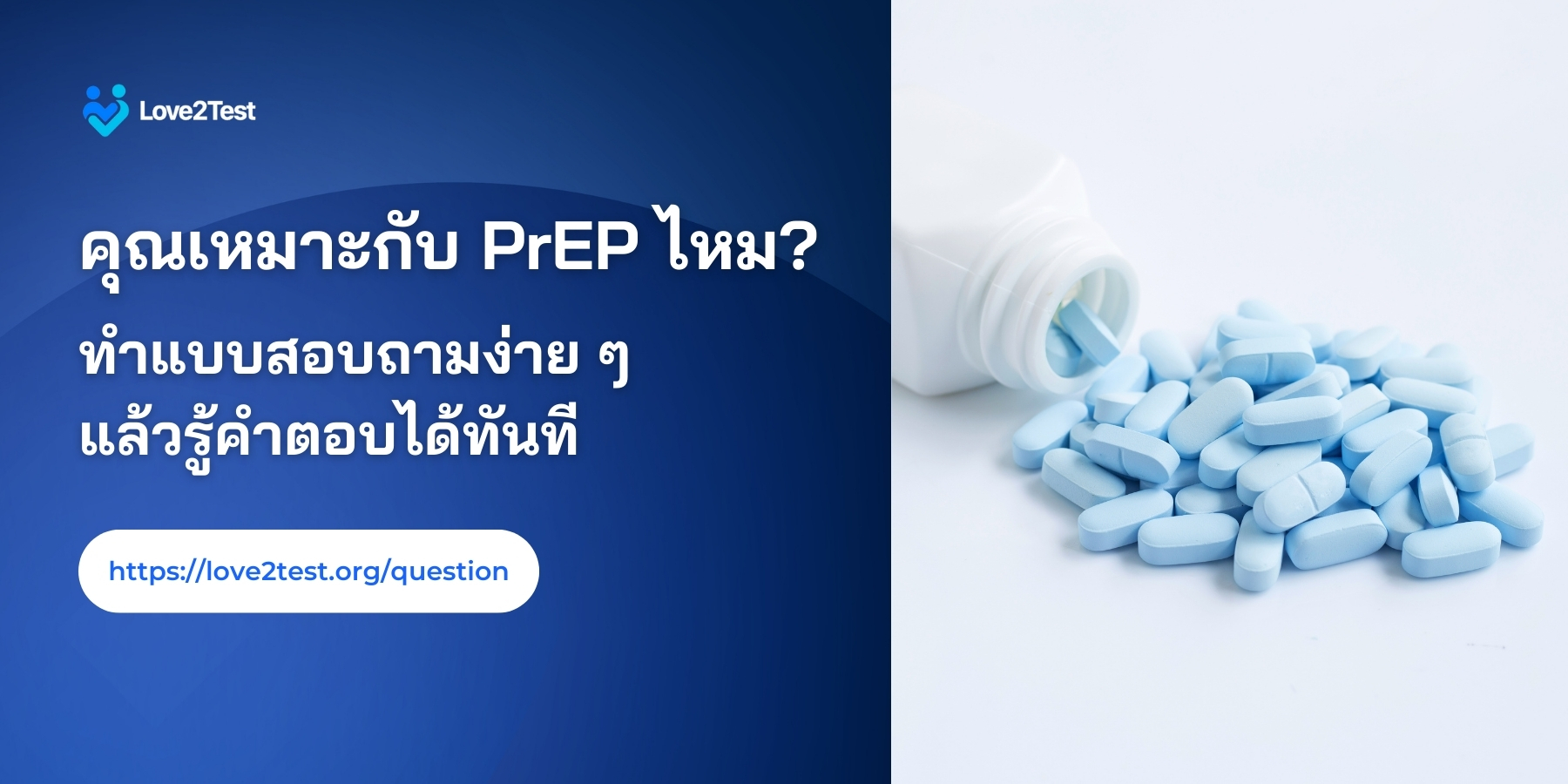The use of drugs in the context of sexual activities, known as Chemsex, is gaining increased attention in today’s society, particularly among men who have sex with men. However, a proper understanding of this topic remains limited. This article aims to provide readers with a comprehensive understanding of Chemsex, including its definition, associated risks, and ways to protect oneself.
What is Chemsex?
The term “Chemsex,” sometimes referred to as “Party and Play,” combines “Chemical” (drugs or substances) and “Sex,” describing the use of drugs in conjunction with sexual activities. This practice is particularly prevalent among men who have sex with men (MSM), who may use substances like GHB (Gamma-Hydroxybutyrate), methamphetamine, or ketamine. Chemsex often involves using these drugs to enhance pleasure during sex or to maintain energy and alertness for extended sexual encounters, intensifying the experience.
However, Chemsex is not solely about sexual activities; emotional and social factors also play a role. These factors may include the desire for acceptance within a community, feelings of loneliness, or a lack of self-confidence.


Factors Influencing Participation in Chemsex
- Feelings of Isolation and Loneliness: Some individuals experience feelings of loneliness, isolation, or social disconnection. Chemsex may offer them a sense of belonging and acceptance within a group.
- Desire for Adventure and Stimulation: For some, Chemsex provides an exciting and thrilling experience that satisfies their desire to try something new and stimulating.
- Lack of Self-Confidence: Low self-esteem can lead some to turn to Chemsex as a way to boost confidence and relieve stress and pressure.
- Social Pressure: Social or peer pressure from those already participating in Chemsex can make individuals feel compelled to join to avoid feeling left out.
Types of Drugs Used in Chemsex
These drugs used in Chemsex have properties that induce relaxation, excitement, and heightened sexual desire. However, prolonged use or combining them with continuous sexual activity increases both physical and mental health risks.
Details of drugs commonly used in Chemsex include:
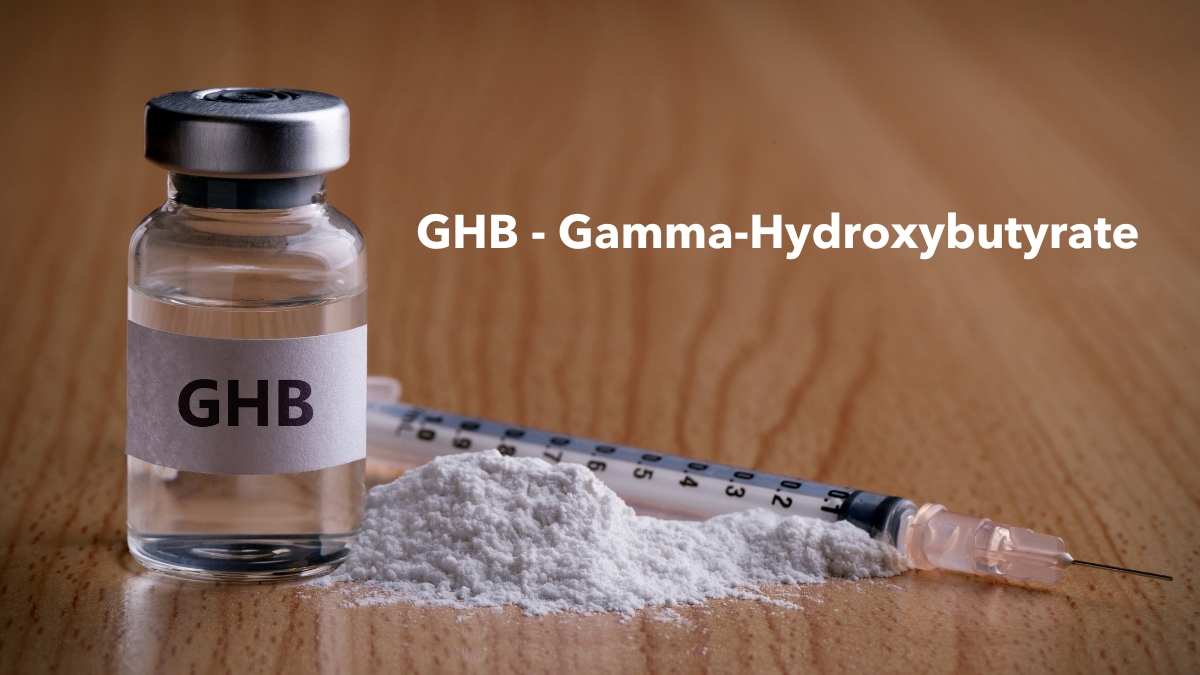
GHB – Gamma-Hydroxybutyrate
GHB, also known as the “date rape drug,” is a chemical that induces relaxation and a sense of well-being in the body. It can also increase sexual desire and heighten sexual arousal. Medically, GHB is used to treat certain patients, such as those with sleep disorders or shallow sleep patterns. However, when misused, it becomes a drug with serious physical and mental health impacts. GHB can impair self-control to some extent, and an overdose can lead to unconsciousness or even death, especially when combined with alcohol.
Characteristics of GHB
GHB is a clear, colorless, and tasteless liquid that mixes easily with drinks and lacks a strong smell, making it a substance sometimes used to help individuals at parties or in sexual situations feel more relaxed and uninhibited.
|
Effects of GHB on the Body and Mind |
|
| Induces Relaxation | GHB reduces anxiety, creating a sense of calmness and well-being. |
| Increases Sexual Desire | Some use GHB to heighten sexual arousal and prolong sexual activity. |
| Causes Unconsciousness or Loss of Control | In high doses, GHB can lead to loss of self-control or, in severe cases, unconsciousness or illness. |
| Impacts Breathing | Overdosing on GHB can slow down the respiratory system, potentially leading to respiratory failure. |
|
Risks and Illegal Use |
|
| Overdose | An overdose of GHB can cause loss of consciousness, respiratory failure, or even death. |
| Combining with Other Substances | Using GHB with alcohol or other drugs significantly increases the risk of severe side effects, such as respiratory failure, irregular heartbeat, or shock. |
| Rape or Sexual Assault | Because GHB impairs self-control, there is a heightened risk of it being used in sexual assault situations, as individuals may be unable to resist or give consent. |
Use of GHB in Chemsex
In the Chemsex scene, GHB is often used to enhance sexual feelings and allow users to engage in prolonged sexual activity while maintaining a sense of relaxation. However, using this substance in conjunction with sex increases the risk of contracting HIV or other sexually transmitted infections (STIs) because users may sometimes neglect to use condoms or fail to take proper precautions for protection.
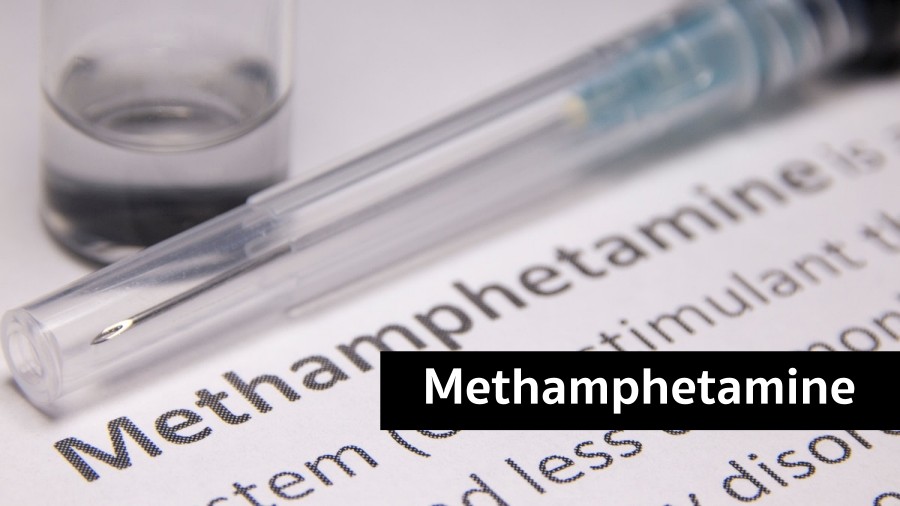
Methamphetamine
Methamphetamine, commonly known as “ice,” is a stimulant drug that affects the nervous system, making the body more alert, energized, and hyperactive. Ice is a highly potent substance with a high risk of addiction. It can be consumed in various forms, such as inhaling, injecting into the bloodstream, or smoking.
Characteristics of Methamphetamine
Ice typically appears as clear or white crystals, resembling ice, which is why it is called “ice.” It is often smoked or injected to achieve a rapid effect. The effects are almost immediate, causing users to feel energetic, alert, and euphoric. However, there are severe side effects, including extreme agitation, increased heart rate, and potential long-term damage to physical and mental health.
|
Effects of Methamphetamine on the Body and Mind |
|
| Increases Alertness | Methamphetamine is a stimulant that makes users feel more awake, energized, and able to engage in more activities. |
| Boosts Confidence | Using methamphetamine can make users feel more confident and often leads to a positive mood in the early stages of use. |
| Reduces Fatigue | Methamphetamine helps users stay awake and perform tasks for longer periods without feeling tired. |
| Stimulates Sexual Desire | Methamphetamine can increase sexual desire and enable users to engage in prolonged sexual activity, which is one reason some people use it during Chemsex. |
|
Risks of Using Methamphetamine |
|
| Risk of Addiction | Methamphetamine has a high potential for addiction. Users often rely on the drug to achieve the desired effects, and continuous use can lead to addiction, significantly impacting daily life. |
| Brain Effects | Methamphetamine use can cause changes in the brain, such as mood swings, memory loss, and hallucinations, especially with long-term use. |
| Physical Health Risks | Using methamphetamine can lead to severe health problems, including high blood pressure, irregular heart rhythms, seizures, and strokes. |
| Mental Health Issues | Methamphetamine use may trigger conditions like psychosis, anxiety, and delusions, leading to severe psychological symptoms that can be dangerous to both the user and those around them. |
Effects on Sexual Activity
Methamphetamine is often used to increase alertness and sexual desire, as it can help users engage in prolonged sexual activity and enhance the enjoyment during sex. However, using this substance in conjunction with sexual activity increases the risk of contracting HIV and other sexually transmitted infections (STIs) due to the potential lack of condom use or unsafe sexual practices.
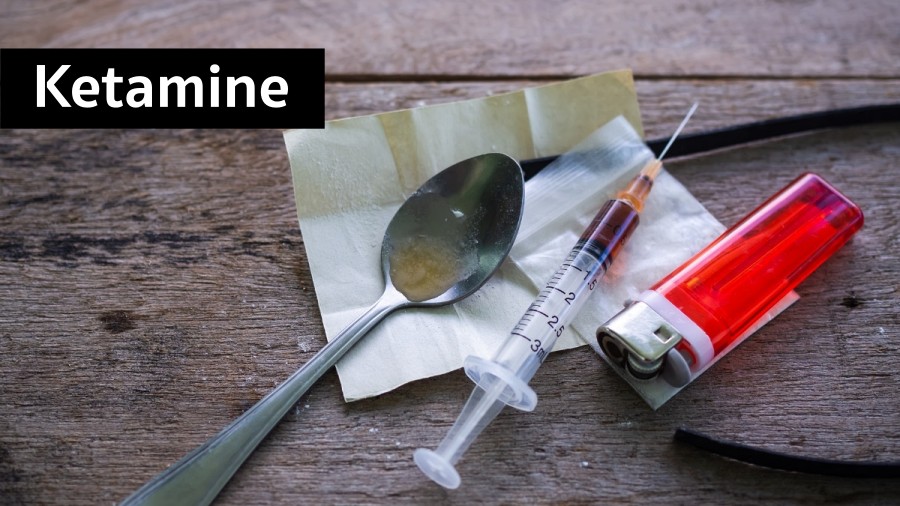
Ketamine
Ketamine is primarily used as an anesthetic in medical procedures, such as surgeries or specific treatments. However, when misused or taken in inappropriate amounts, ketamine becomes a recreational drug that causes intoxication and affects perception and physical coordination.
Characteristics and Usage
Ketamine is commonly found in powder or liquid form and can be inhaled or injected to achieve quick effects. In some cases, it is used in Chemsex to enhance sexual experiences, as it induces a feeling of intoxication and alters body perception, including reducing pain and numbing physical sensations.
|
Effects of Ketamine on the Body and Mind |
|
| Intoxication and Dissociation | Ketamine causes users to feel intoxicated and experience a sense of dissociation, meaning they may feel detached from their body and unaware of what is happening to it. |
| Reduced Sensory Perception | Ketamine can numb pain and diminish the ability to perceive sensations in the body, including during sexual activity, which may lead some individuals to use it in sexual contexts. |
| Increased Relaxation | Ketamine generally induces feelings of calmness and relaxation, reducing anxiety and stress. |
| Mental Effects | Ketamine use can lead to hallucinations, such as visual distortions or altered perceptions of reality, which may impair the user’s ability to control their actions. |
|
Risks of Using Ketamine |
|
| Central Nervous System Effects | Ketamine impacts the brain by lowering the perception of pain and bodily sensations. Prolonged use can result in brain damage and memory loss. |
| Addiction | While ketamine is not as addictive as some substances, such as methamphetamine or GHB, prolonged use can lead to psychological dependence. |
| Mental Health Issues | Long-term ketamine use may cause psychosis or other mental health disorders, leading to symptoms like delusions and paranoia. |
| Physical Health Problems | Chronic use or excessive dosages of ketamine can cause urinary tract issues, such as bladder inflammation or painful urination. |
Health Risks from Using Ketamine in Combination with Other Substances
Using ketamine in combination with other substances, such as GHB or methamphetamine (ice), can increase the risk of severe side effects, including respiratory failure, irregular heart rhythms, and mental health or neurological issues. This combination can amplify the harmful effects of each substance, potentially leading to life-threatening conditions.
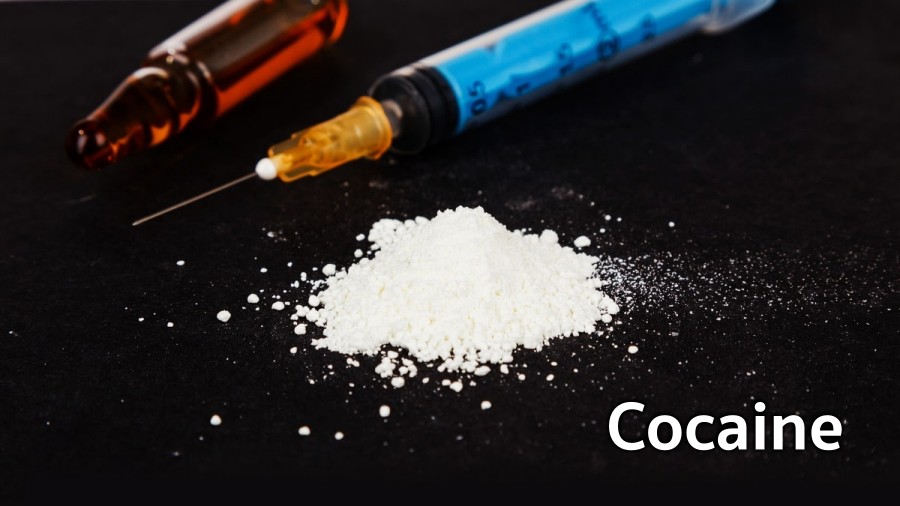
Cocaine
Cocaine is a stimulant drug derived from the coca plant, primarily found in South America. It creates a heightened sense of alertness, energy, and enthusiasm but carries significant risks when used, particularly over prolonged periods or in high doses.
Forms and Usage for Chemsex
Cocaine typically appears as a white powder. It can be ingested in various ways, including snorting (through the nose), injecting into the bloodstream, or smoking (as crack cocaine), which results in rapid stimulation of the brain and increased energy levels.
|
Effects of Cocaine on the Body and Mind |
|
| Increased alertness and energy | Cocaine stimulates the central nervous system, making users feel more energized, active, and able to perform tasks without feeling fatigued. |
| Increased confidence | Users often experience a boost in self-esteem and feel euphoric or happy, especially during the initial effects. |
| Mood swings | As the drug’s effects wear off, users may feel agitated, anxious, or depressed. |
| Reduced fatigue | Cocaine helps reduce feelings of tiredness, allowing users to engage in prolonged activities such as work or exercise. |
|
Health Risks from Cocaine Use |
|
| Cardiovascular issues | Cocaine can significantly raise blood pressure and heart rate, increasing the risk of heart disease, arrhythmias (irregular heartbeats), and even stroke, particularly with excessive use. |
| Addiction | Cocaine is highly addictive, and repeated use can lead to psychological and physical dependence. The short-lived high may drive users to consume more, increasing the risk of addiction. |
| Mental health disorders | Prolonged use of cocaine can lead to anxiety, mood swings, and psychosis, such as delusions or hallucinations. |
| Respiratory issues | Cocaine use can cause breathing difficulties. Snorting the drug can damage the nasal passages, leading to chronic inflammation or even nosebleeds. |
The Use of Cocaine in Chemsex
In chemsex activities, cocaine is often used to boost energy and stimulate sexual desire, as it helps users stay alert and engage in sexual activities for longer periods. However, using cocaine during sexual activity can pose a high risk of HIV and sexually transmitted infections because users often overlook condom use and other preventive measures during sex.
Risks of Using Cocaine with Other Substances
Using cocaine in combination with other drugs, such as methamphetamine (ice) or GHB, can increase the risk of severe side effects, including cardiac arrest, high blood pressure, or shock. Therefore, combining multiple substances can be particularly dangerous.
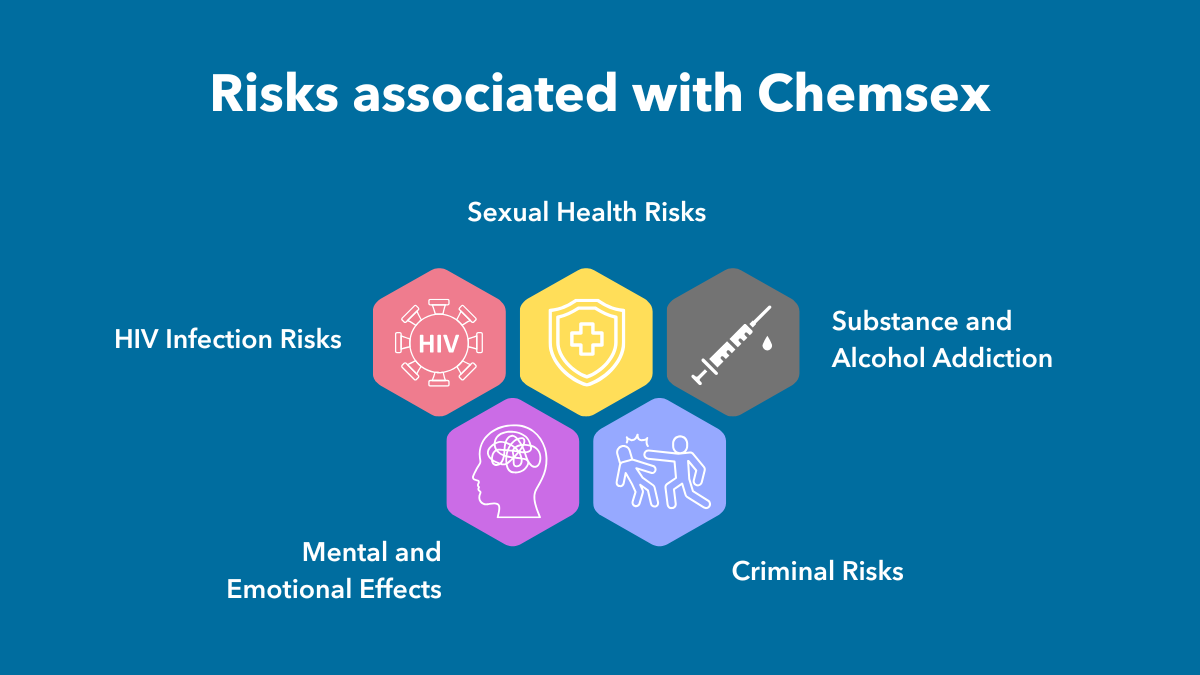
Risks Associated with Chemsex
Participation in Chemsex and Its Health and Safety Risks
- Sexual Health Risks
- Chemsex often involves unprotected sex, increasing the risk of sexually transmitted infections like HIV, syphilis, gonorrhea, and herpes. Drug use may impair judgment, reducing the likelihood of practicing safe sex.
- HIV Infection Risks
- Drug use is linked to risky sexual behavior, potentially raising the chances of HIV transmission. Those who inject drugs are at especially high risk due to blood-borne transmission.
- Substance and Alcohol Addiction
- Participants are at risk of developing dependencies on drugs or alcohol, which can impact mental health and lead to social issues, such as strained family relationships or job-related problems.
- Mental and Emotional Effects
- Post-chemsex, individuals may experience emotional instability, such as feelings of depression, emptiness, or guilt. Some may develop anxiety, stress, and depression.
- Criminal Risks
- Drug use may make individuals more vulnerable to crimes, including sexual assault, theft, threats, and physical harm.
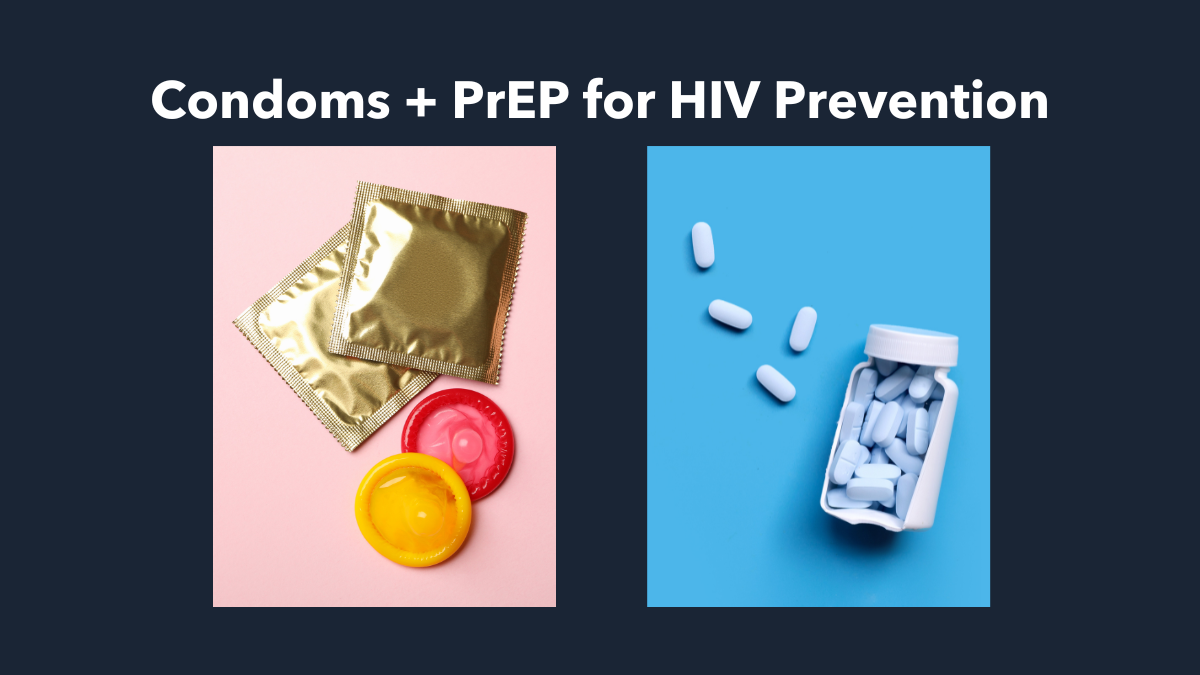
Guidelines for Preventing and Reducing Risks of Chemsex
These are ways to help reduce the dangers of participating in chemsex activities, which often involve drug use along with sexual activity. Such practices can increase the risk of HIV and other sexually transmitted infections, as well as have mental and physical health impacts.
Condom Use and Prevention
- Using condoms during sex is an effective way to prevent HIV and other sexually transmitted infections (STIs) like syphilis and gonorrhea. Condoms reduce the risk of disease transmission during vaginal, anal, or oral sex, especially when drugs are involved, as drug users may be less vigilant about protection.
- PrEP (Pre-Exposure Prophylaxis) PrEP is another preventive option that can greatly reduce the risk of HIV infection for high-risk individuals, such as those engaging in unprotected sex or having partners with HIV. When taken as directed by a doctor, PrEP can reduce HIV infection risk by up to 99%.
Counseling and Education
Mental health and sexual health counseling are critical for reducing the risks associated with chemsex. Discussions with experts can help participants understand the impact of drug use and the risks of unsafe practices. Providing accessible information on prevention methods, such as condom use and PrEP, helps reduce the spread of HIV and other STIs.
Workshops and community education programs can further help individuals understand. The risks of combining drug use with sexual activities, empowering them to make safer choices.
Creating a Safe Community Environment
Building a safe and supportive community environment for those involved or interested in chemsex can alleviate feelings of isolation. A space where people can openly discuss their experiences with chemsex. Drug use can reduce shame and stress often associated with addiction. Community support allows individuals to seek advice and receive assistance, helping to reduce drug use risks and prevent unprotected sex.
Drug Treatment and Support Services
Providing appropriate treatment services for those with drug-related issues is crucial for reducing chemsex risks. Access to professional treatment or drug rehabilitation programs can help users regain health and reduce drug dependency. Medical and rehabilitation support can help prevent behaviors associated with chemsex.
Family and Friends Support
A strong support network from family and friends is essential in reducing the risks of engaging in chemsex. Supportive family and friends create a helpful environment. This environment encourages those facing challenges to seek help. It fosters open discussions about drug use. Their encouragement and care can make individuals feel valued and motivated to pursue recovery and avoid health-risking behaviors.
Related Article

Conclusion
Chemsex is a complex issue that impacts physical health, mental well-being, and social connections. Despite the serious health risks associated with chemsex, various prevention and harm reduction methods can be adopted. Fostering understanding helps reduce drug use. Providing a safe, supportive social environment promotes safer sexual health practices. Expert counseling also plays a critical role. A strong support network from family, friends, and the community is crucial. This network helps individuals involved in chemsex feel they are not alone. Compassionate support and safer alternatives make a difference. With these, chemsex can be less of a burden on health and society. Those affected can lead safer, healthier, and more fulfilling lives.
References:
What is chemsex? Support, advice and how to stay safe
- changegrowlive.org/advice-info/alcohol-drugs/chemsex-drugs
What is Chemsex? Effects, Treatment, & More
- delamere.com/help-guides/drugs/what-is-chemsex
Chem Sex สวรรค์อยู่บนฟ้า เซ็กซ์และยาคือความสุขบนดิน
- plus.thairath.co.th/topic/politics&society/104453


